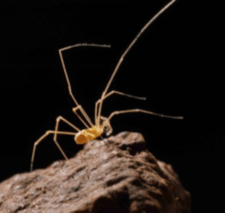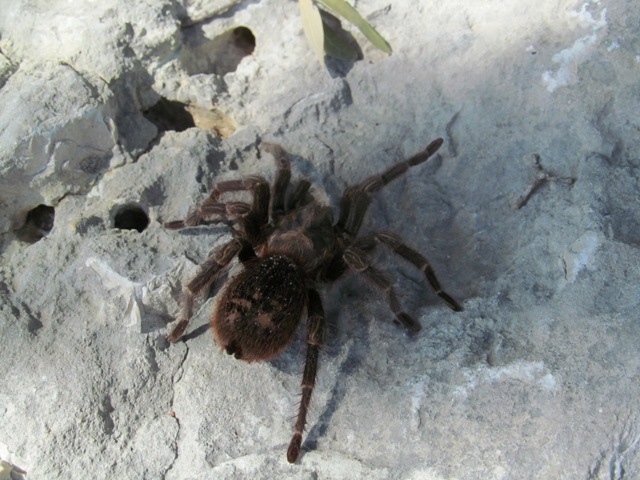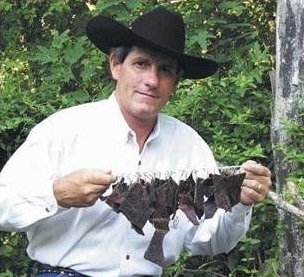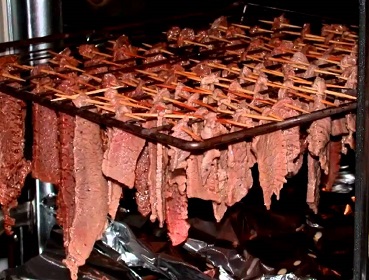Wildlife: Karst Invertebrates
Thursday, May 29th, 2014This is Passport to Texas
In most ecosystems living plants are the foundation of the food web, but dark caves – which occur in a landscape known as karst – are not most ecosystems.
04— And because there’s no light, there’s no photosynthesis, so there aren’t any plants.
Biologist, Ben Hutchins, studies caves. More to the point, he studies invertebrates that live in them full-time.
08— Animals that live in karsts have had to have a lot of unique adaptations to deal with that lack of plant material.
Including evolving to survive on the droppings of other cave dwelling creatures, like cave crickets that leave the karst at night to forage on vegetation. In a way, full-time cave dwellers do eat vegetation – it’s just processed. Another adaptation is a much slower metabolism thus reducing their nutritional requirements. So who are these denizens of the dark?
21— Crickets, beetles, spiders, scorpions, harvestmen – that’s kind of like a Daddy Longlegs. Then, there’re all these aquatic species as well. A lot of people don’t know we have cave adapted catfish, salamanders. And then, all kinds of aquatic beetles, aquatic crustaceans… So, lots of interesting things in Texas. It’s an interesting place to study cave biology.
How did these invertebrates end up living inside caves? That’s an active area of study we explore with Ben Hutchins tomorrow.
For Texas Parks and Wildlife, I’m Cecilia Nasti.







 Passport to Texas is a
Passport to Texas is a  Passport to Texas is made available by:
Passport to Texas is made available by: